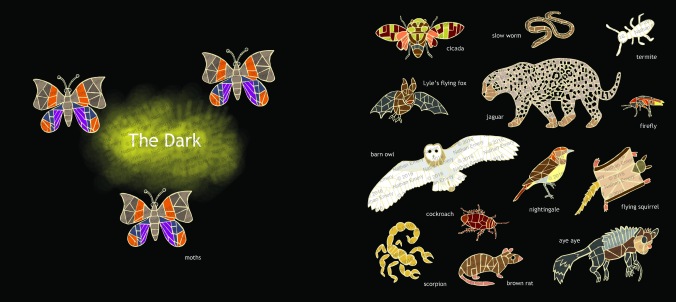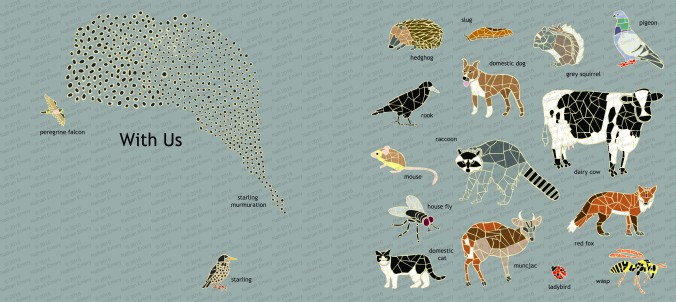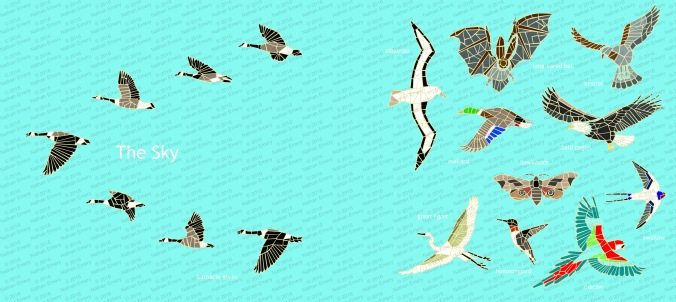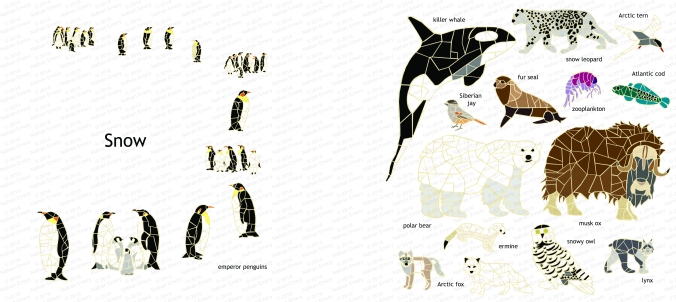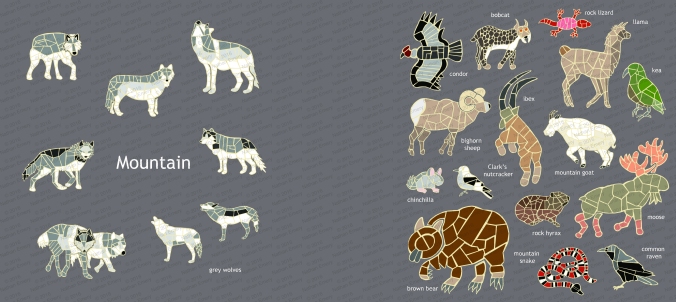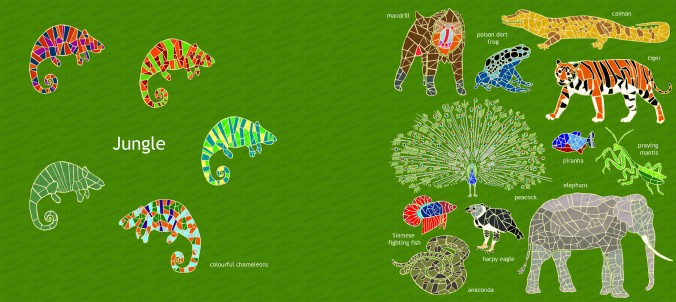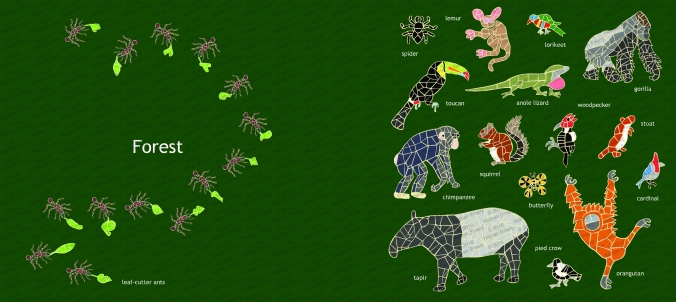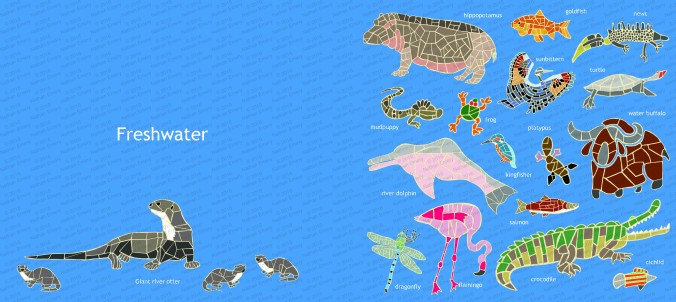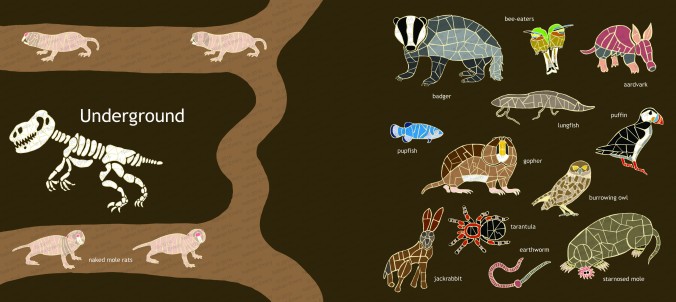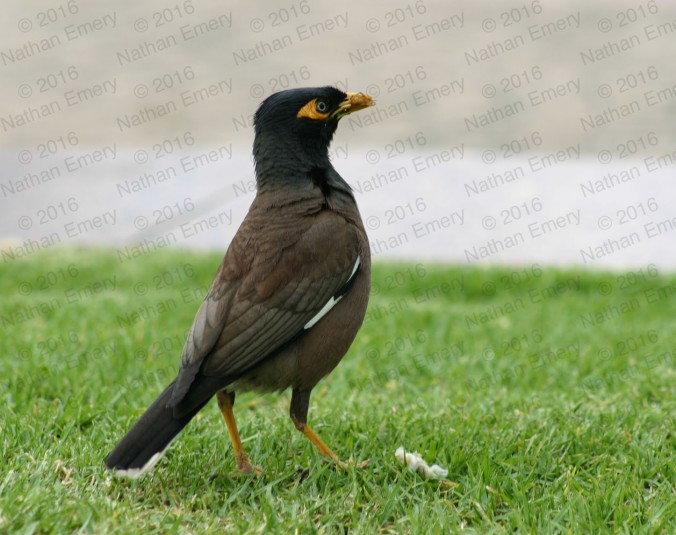
It’s no longer surprising that some birds are smart. Indeed, scientists studying avian cognition have been trying to get this idea across for over 20 years. That doesn’t seem to stop some journalists using the same tired old clichés to describe the latest findings that such and such a bird, usually a corvid or a parrot, has done something unexpected. They frequently use headlines, such as ‘why birdbrain should now be used as a compliment’, or ‘birds are not as stupid as previously thought’, even though these same headlines have been used dozens of times in the past. I hold up my hands and admit to using some of the same clichés when writing my book Bird Brain (but I did feel really bad about it!). It’s very easy to lapse into cliché when talking about birds when so many everyday terms use birds as the subject: ‘as the crow flies’. ‘birdbrained’, ‘feathered friends’, ‘ eggheads’, etc. These are gifts for journalists talking to the public about the capabilities of birds and I understand why they do it. They often don’t have the time to go into the nitty-gritty of a research paper, or they don’t think that the public care about such details or the methods are difficult to grasp. Thankfully, there are a group of science writers and journalists, such as Ed Yong, Jason Goldman, Carl Zimmer and Grrlscientist who avoid this trap. The point of this blog post, however, is not to rant about science journalists, but to ask that we move on from ‘Isn’t it amazing that birds do X’ stories to ‘How is it that (some) birds can do X?’ stories.
A study published on-line this week in Proceedings of the National Academy of Sciences by Seweryn Olkowicz and colleagues* has started to get to the heart of that very question. How are tiny-brained birds capable of the same intellectual feats as their larger, hairier distantly-related cousins? This team took a different track by not comparing the cognitive abilities of birds with primates, rather looking in detail at their brains, specifically the number of their neurons. One of the authors, Suzana Herculano-Houzel developed a novel technique over 10 years ago, called the isotropic fractionator**. This technique helped to dispel the common myth that the human brain has 100 billion neurons (she found that the actual number is around 86 billion, but what are 14 billion neurons between friends?). In their current study, this technique allowed them to count the number of neurons in the brains of a number of corvids and parrots, as well as ancestral bird species, such as red jungle fowl, pigeons and emus, and compared them to neuron numbers in rats, mice and various primates***. They found that songbirds and parrots had twice as many neurons across the whole brain than mammals of a similar brain size, including primates. For example, a Galago (bushbaby) has 936 million neurons in a 10.2g brain, whereas a Sulphur-crested cockatoo has 2122 million neurons in the same sized brain. When Oskowicz and colleagues counted the number of cells across subdivisions of the brain, such as the pallium (the area equivalent to the mammalian cortex) or the cortex, as well as the subpallium and cerebellum, they found that the number of pallial neurons in corvids or parrots (with their much smaller brains), was always greater than the number of cortical neurons in primates. For example, a 10.2g raven brain has 1204 million pallial neurons, but a capuchin has 1140 million neurons in a brain almost four times larger (39.18g). Similarly, a blue-and-yellow macaw brain (14.38g) has 1914 million pallial neurons, whereas a macaque has only 1710 million cortical neurons in a brain almost five times larger (69.83g).
What do these large numbers mean for our understanding of avian intelligence? Birds have evolved brains that can cram more neural stuff into them, even though they are generally smaller than mammals. The need to reduce body size (and subsequently brain size) for flight may have driven this adaptation. There are two ways birds could have increased the number of their brain cells; either by reducing the size of their neurons or reducing the number of their neural connections. Birds probably did both. Try to visualize the problem by imagining two boxes of the same size. Each box needs to be filled with as any balls as possible, but each box is designated for a particular sport, each using its own type of balls. You fill one box with tennis balls, the other with pingpong balls. More pingpong balls fit into the box because they are smaller, but they are also lighter, and cannot travel as far as tennis balls (so they are useless for tennis). Fewer tennis balls fit into the box because they are larger, but they have a greater capacity to bounce and are more difficult to control in a smaller space (so useless for table tennis). Each ball has different properties that make it ideal for a specific task. These boxes represent cubes of brain tissue, one from primate cortex, the other from avian pallium. Like these balls, neurons in the avian pallium are different from neurons in the primate cortex. They are smaller, with reduced dendritic trees, and shorter connections. The question is, how do these properties make some birds as smart as apes?
Remember that brains aren’t just collections of neuronal cell bodies, they also contain the wiring (dendrites and axons) that connects them together. Dendrites are the short projections sprouting from cell bodies that typically receive information from neighbouring neurons, whereas axons are longer fibres that transmit information to neurons located further away. Larger brains tend to have more axons than smaller brains, as these cables take up valuable brain space. You may think that increasing the number of neurons, as found in corvid and parrot pallium, will also increase the proportional connectivity between neurons (i.e. that increasing the number of neurons increases the number of connections between all neurons). However, this isn’t how brains work, as there isn’t the space available for this amount of additional wiring. To maintain processing efficiency, the number of connections per neuron in bird brains has to remain stable (absolute connectivity). In birds, neighbouring neurons are more likely to talk to one another than neurons that are far apart. But this leads to a problem. What if two regions need to communicate, but they aren’t directly connected? By keeping the total number of connections limited, information that has to get from A to B, has to go via C, D, E and F, rather than a direct course from A to B. This is rather inefficient.
Primate brains contain many long axons that can transmit information directly from A to B, but these connections take up a lot of brain space. These axons are typically found projecting out of the different layers of the grey matter creating the underlying white matter. There are obvious benefits to this type of neural organisation, but one that cannot be sustained in the avian brain. We therefore expect to see a completely different pattern in birds. There are no layers in the avian brain (apart from within the primary sensory areas). Instead, neurons form into dense clusters of cells (nuclei); neural pockets with specific functions. Neurons within these nuclei have a high level of interconnectivity with their close neighbours. However, to avoid the problem of reduced transmission efficiency through adding lots of processing steps between areas located further apart, some long-range connections are added. There is very efficient local processing within nuclei, then the information is passed on to the next processing stage via sparse long connections. This is akin to the small-world architecture of certain social networks and corporations. Such a system results in a highly modular system, one that allows specific brain regions to process information of a selective form before transmitting that information further afield through longer connections. This type of neural network probably allows birds to process information rapidly and effectively, but also in a highly flexible manner. One system isn’t necessarily better than another, only that such different systems are capable of producing cognitive outputs that appear very similar to one another.
As yet, this remains a theory, as we don’t know how neuronal density relates to the cognitive output of different brains. There is still a paucity of data on the detailed structure and function of avian brains, especially in corvids and parrots, and it is going to take collaborations between neuroscientists, computer scientists and engineers in order to make some sense of the unbelievably complex relationship between brain and cognition, even in a simpler model than our own.
*Seweryn Olkowicz, Martin Kocourek, Radek Lucan, Michal Porteš & Pavel Nemec [Charles University, Prague], Tecumseh Fitch [University of Vienna] and Suzana Herculano-Houzel [Vanderbilt University] (2016), Birds have primate-like numbers of neurons in the forebrain. PNAS, doi/10.1073/pnas.1517131113.
**The isotropic fractionator method uses post-mortem brains which are fixed with paraformaldehyde. Then the brains (or dissected brain regions) are made into a ‘brain soup’, using a detergent to destroy the membranes in the cell walls, but which maintains the integrity of the cell nuclei that can then be counted. A fluorescent blue dye was then added to the soup to allow for the visualisation of the remaining neuronal cell bodies under a fluorescence microscope. Neurons in small samples could be counted very quickly and the total number of neurons in the whole brain (or a brain region) were estimated from the portions of soup to the total amount of the soup. This method is much faster than typical stereological methods that require brains to be thinly sliced into sections, stained, and then reconstructed (as some neurons will span across sections and become cut during the sectioning process.
***Unfortunately, the great apes were not included in this analysis. This would have been the most interesting comparison with regard to our proposition that the complex cognition of apes and corvids (and probably parrots) evolved convergently. However, it is also clear why ape brains were unavailable based on the lack of brain material.


